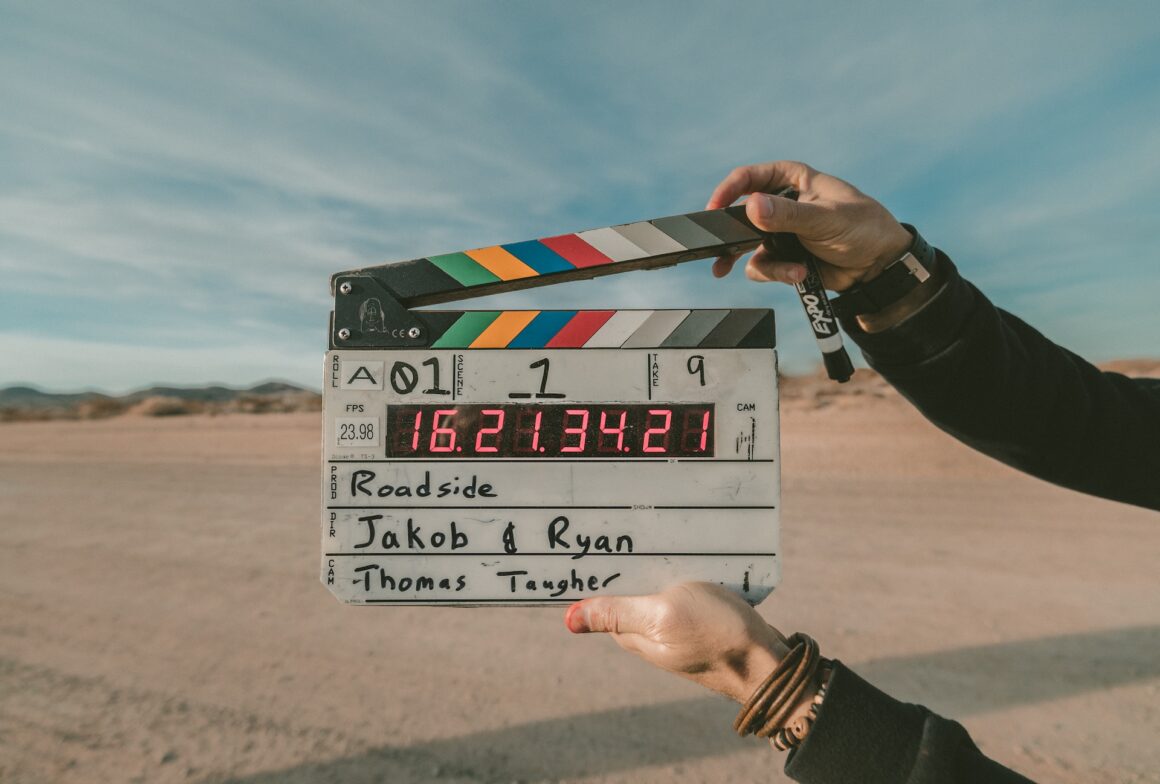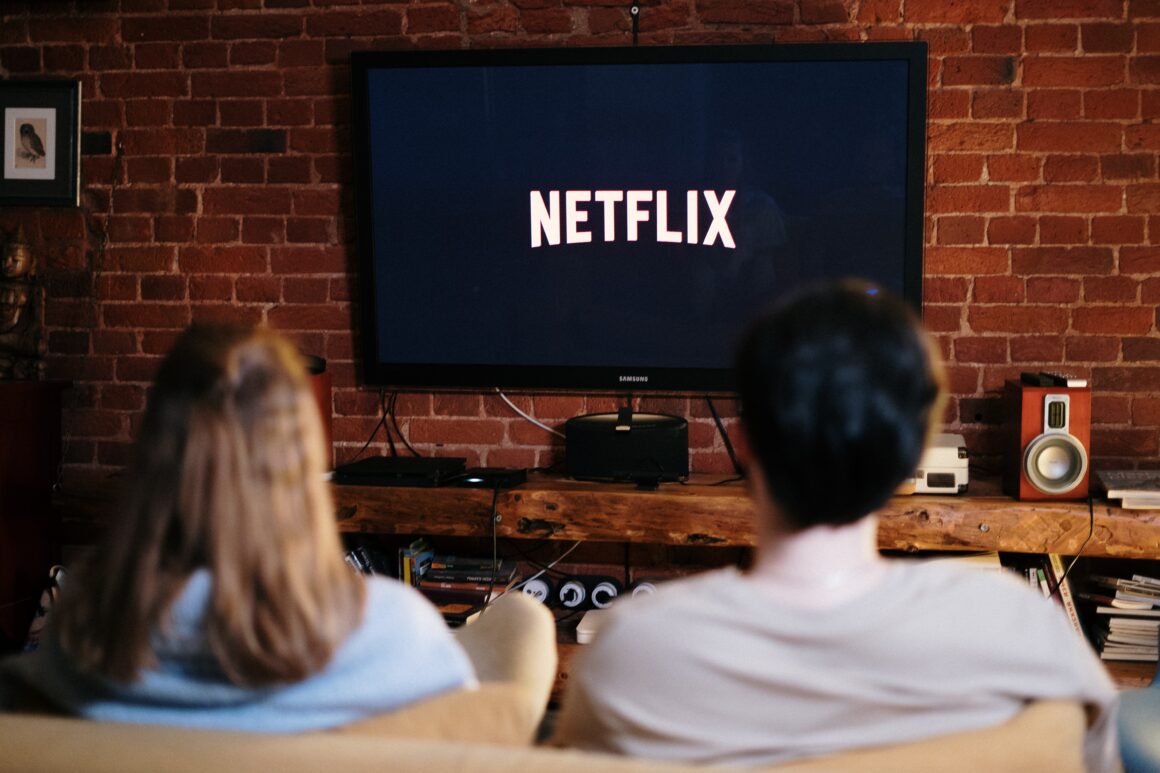The Media, yes, has a huge role in society. It molds society and is capable of changing a viewpoint through which people see different events. It starts trends, and actively applies roles to the accused, and creates a storyline that will hook readers.
“Every accused has a right to a fair trial.” That is the principle of natural justice, and the initial way that prejudice and interference bleed into most scandalizing trials. There is no secret that society is engulfed with biases. The issue is understanding how the biases may affect the portrayal of evidence in the case. Judges are indeed human beings as well, and want to push for a beneficial result in high profile cases for the sake of their reputation. Media is so integrated into daily life that not even judges can ignore it. You’re being watched by the world. That high-profile trail’s jurors are making decisions for themselves, and for everyone in their lives – and for society as a whole.
The real controversy is the obsession with these high profile cases. Casey Anthony’s case is the perfect example of the media’s intense coverage and impact on the verdict. Her defense team claims that the media had already decided Anthony was guilty of killing her two-year-old daughter before the jury even heard the argument. Her defense lawyer blamed the non-stop coverage of the case on the TV and in print, and the crowds that gathered outside the courthouse daily, for the result. Is it morally wrong that the media convicted Anthony before the trial even started? The system works with 12 jurors, and the media shouldn’t impact how the justice system operates.
The influence of pre-trial media is seen in many recent cases. Headlines often engage viewers that appear interesting and captivate public interest. However, the jury is not allowed to access the media reports during the court proceedings. The media is a market-driven institution that constantly produces stories for public enjoyment. Court cases like Anthony’s are included as a form of entertainment.
Another perfect example is the OJ Simpson case. It captured public interest, and the media buzzed so much that the Judge had to remove four potential jury members just because they watched TV.
In more recent events, the media is perceived as the perfect instrument to mask a bad guy for ratings and refrains from labelling – for the sake of biases. For example, Dylan Roof is now charged in connection with the shooting at the Emanuel African Methodist Episcopal Church in Charleston, where nine people were killed. There are actual images of Roof on social media wearing a black jacket bearing the flags of apartheid South Africa and Rhodesia, known for their histories of state-sanctioned racism and terror against black majorities. It is more than clear that Roof was racist and that his actions were an act of terror. Instead, the media points to mental illnesses and how that is an explanation of his actions, resulting in completely different treatment of Roof as he was arrested, and controversy around his trial. Despite how black and white his terrorist attack was. Roof was charged guilty for shooting nine people in a church, but still not convicted as a terrorist.
Most of the public and media has little experience with the justice system. The public knowledge of a case and the knowledge of the legal system, in general, is largely dependent on the media’s representation. The real question is, is full media coverage a good or bad thing? It allows the system to be scrutinised and it informs the public on how the court works, or how it should work. It is debatable whether the public is well informed.
“The hope of 24/7 television news is that there is so much time to fill that every once in a while something of substance will be uttered or revealed. Alas, experience has shown that not to be the case… The television age has paradoxically left people more informed and more ignorant and the same time.” Chicago Sun-Times columnist Willian O’Rourke




